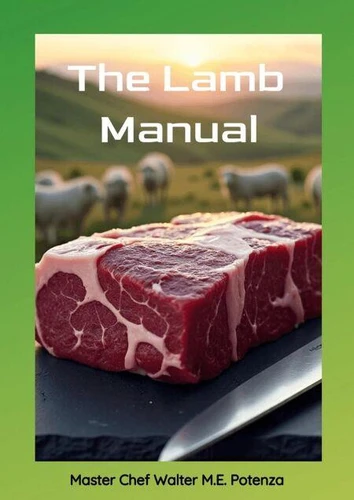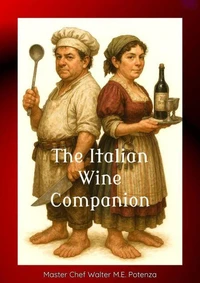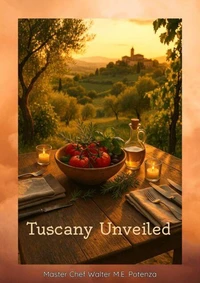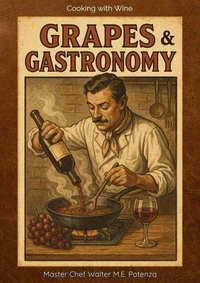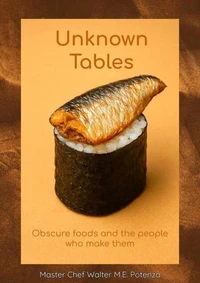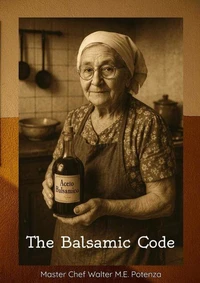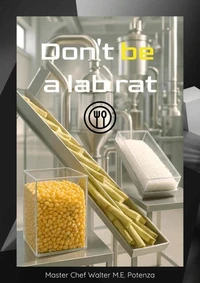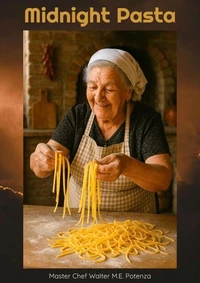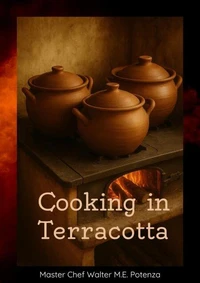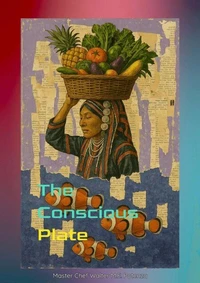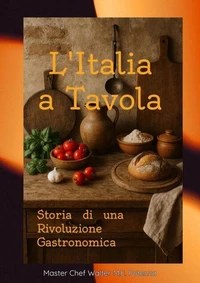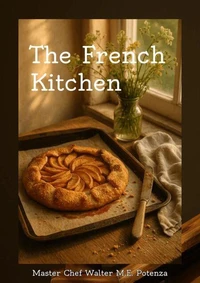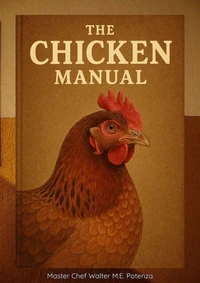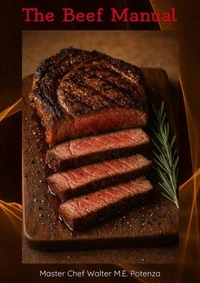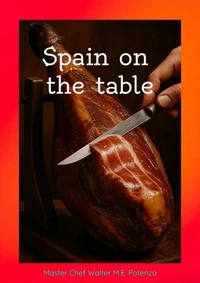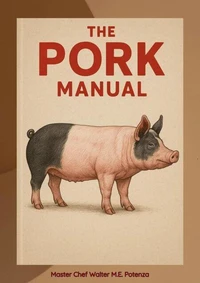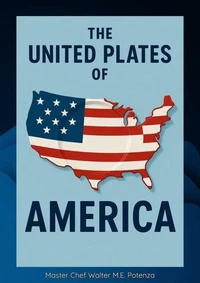Nouveauté
The Lamb Manual. The Lamb Manual, #1
Par :Formats :
Disponible dans votre compte client Decitre ou Furet du Nord dès validation de votre commande. Le format ePub est :
- Compatible avec une lecture sur My Vivlio (smartphone, tablette, ordinateur)
- Compatible avec une lecture sur liseuses Vivlio
- Pour les liseuses autres que Vivlio, vous devez utiliser le logiciel Adobe Digital Edition. Non compatible avec la lecture sur les liseuses Kindle, Remarkable et Sony
 , qui est-ce ?
, qui est-ce ?Notre partenaire de plateforme de lecture numérique où vous retrouverez l'ensemble de vos ebooks gratuitement
Pour en savoir plus sur nos ebooks, consultez notre aide en ligne ici
- FormatePub
- ISBN8232857424
- EAN9798232857424
- Date de parution15/09/2025
- Protection num.pas de protection
- Infos supplémentairesepub
- ÉditeurHamza elmir
Résumé
The Lamb Manual. A Complete Guide to Selection, Production, and Culinary Use for the Modern ConsumerThis book serves as a comprehensive guide to understanding lamb, tracing its journey from farm to table while comparing its production methods with those of the pork industry. It begins by exploring the historical context of lamb production and highlights key differences in farming practices between lamb and commercial pork, providing readers with insights into the contemporary meat industry.
The subsequent section concentrates on consumer knowledge, detailing how to select high-quality lamb cuts. It elucidates various grades and labels that inform purchasing decisions, equipping readers with the competencies necessary to make informed choices akin to those utilized when selecting premium pork products. An exploration of the lamb lifecycle follows, illuminating ethical farming practices, natural feeding habits, and considerations regarding animal welfare.
This section emphasizes sustainable approaches that starkly contrast with intensive pork production methods, advocating for responsible consumption. The manual also offers practical advice on handling and storing lamb at home. Readers will discover essential tips for preparation, along with recommended tools that facilitate effective cooking processes. Finally, the book delves into culinary techniques for preparing lamb dishes.
It provides guidance on optimal cooking temperatures and shares a variety of recipes that reflect global flavors, aiming to enhance the reader's culinary repertoire. Overall, this guide endeavors to empower consumers with knowledge about lamb production while fostering an appreciation for its culinary potential through informed purchasing and cooking practices.
The subsequent section concentrates on consumer knowledge, detailing how to select high-quality lamb cuts. It elucidates various grades and labels that inform purchasing decisions, equipping readers with the competencies necessary to make informed choices akin to those utilized when selecting premium pork products. An exploration of the lamb lifecycle follows, illuminating ethical farming practices, natural feeding habits, and considerations regarding animal welfare.
This section emphasizes sustainable approaches that starkly contrast with intensive pork production methods, advocating for responsible consumption. The manual also offers practical advice on handling and storing lamb at home. Readers will discover essential tips for preparation, along with recommended tools that facilitate effective cooking processes. Finally, the book delves into culinary techniques for preparing lamb dishes.
It provides guidance on optimal cooking temperatures and shares a variety of recipes that reflect global flavors, aiming to enhance the reader's culinary repertoire. Overall, this guide endeavors to empower consumers with knowledge about lamb production while fostering an appreciation for its culinary potential through informed purchasing and cooking practices.
The Lamb Manual. A Complete Guide to Selection, Production, and Culinary Use for the Modern ConsumerThis book serves as a comprehensive guide to understanding lamb, tracing its journey from farm to table while comparing its production methods with those of the pork industry. It begins by exploring the historical context of lamb production and highlights key differences in farming practices between lamb and commercial pork, providing readers with insights into the contemporary meat industry.
The subsequent section concentrates on consumer knowledge, detailing how to select high-quality lamb cuts. It elucidates various grades and labels that inform purchasing decisions, equipping readers with the competencies necessary to make informed choices akin to those utilized when selecting premium pork products. An exploration of the lamb lifecycle follows, illuminating ethical farming practices, natural feeding habits, and considerations regarding animal welfare.
This section emphasizes sustainable approaches that starkly contrast with intensive pork production methods, advocating for responsible consumption. The manual also offers practical advice on handling and storing lamb at home. Readers will discover essential tips for preparation, along with recommended tools that facilitate effective cooking processes. Finally, the book delves into culinary techniques for preparing lamb dishes.
It provides guidance on optimal cooking temperatures and shares a variety of recipes that reflect global flavors, aiming to enhance the reader's culinary repertoire. Overall, this guide endeavors to empower consumers with knowledge about lamb production while fostering an appreciation for its culinary potential through informed purchasing and cooking practices.
The subsequent section concentrates on consumer knowledge, detailing how to select high-quality lamb cuts. It elucidates various grades and labels that inform purchasing decisions, equipping readers with the competencies necessary to make informed choices akin to those utilized when selecting premium pork products. An exploration of the lamb lifecycle follows, illuminating ethical farming practices, natural feeding habits, and considerations regarding animal welfare.
This section emphasizes sustainable approaches that starkly contrast with intensive pork production methods, advocating for responsible consumption. The manual also offers practical advice on handling and storing lamb at home. Readers will discover essential tips for preparation, along with recommended tools that facilitate effective cooking processes. Finally, the book delves into culinary techniques for preparing lamb dishes.
It provides guidance on optimal cooking temperatures and shares a variety of recipes that reflect global flavors, aiming to enhance the reader's culinary repertoire. Overall, this guide endeavors to empower consumers with knowledge about lamb production while fostering an appreciation for its culinary potential through informed purchasing and cooking practices.

